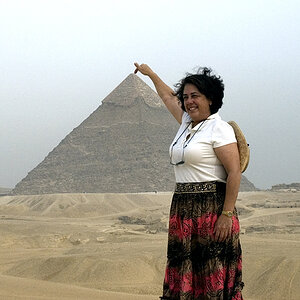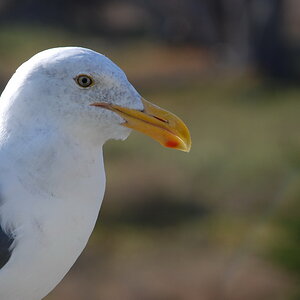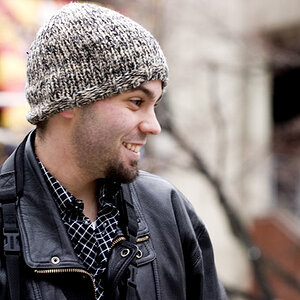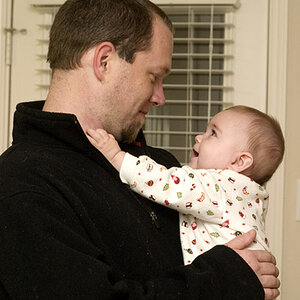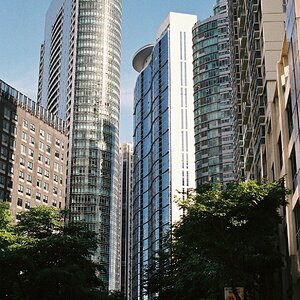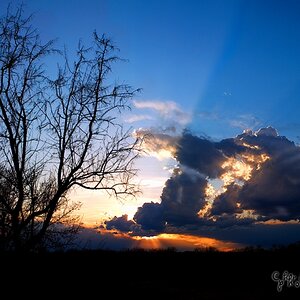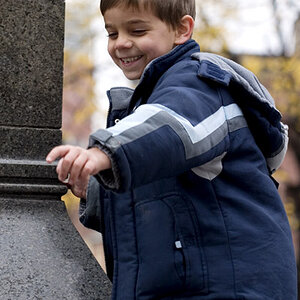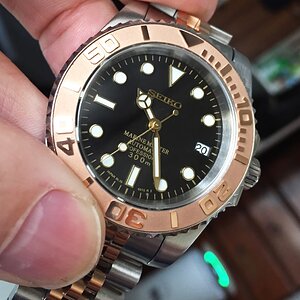FauzzyD
TPF Noob!
- Joined
- Feb 19, 2016
- Messages
- 10
- Reaction score
- 0
- Can others edit my Photos
- Photos OK to edit
I tend to find that I take better shots when im outside or indoors with a lot of light coming in from outside. But when im taking photos indoors with either a lightbulb that doesnt provide sufficient lighting i find it hard to take photos.
so what can i do to take ideal shots?
I have Canon EOS 1100d
Lens: 18-55, 50mm f1.8, 24mm f2.4, 75-300mm
so what can i do to take ideal shots?
I have Canon EOS 1100d
Lens: 18-55, 50mm f1.8, 24mm f2.4, 75-300mm


